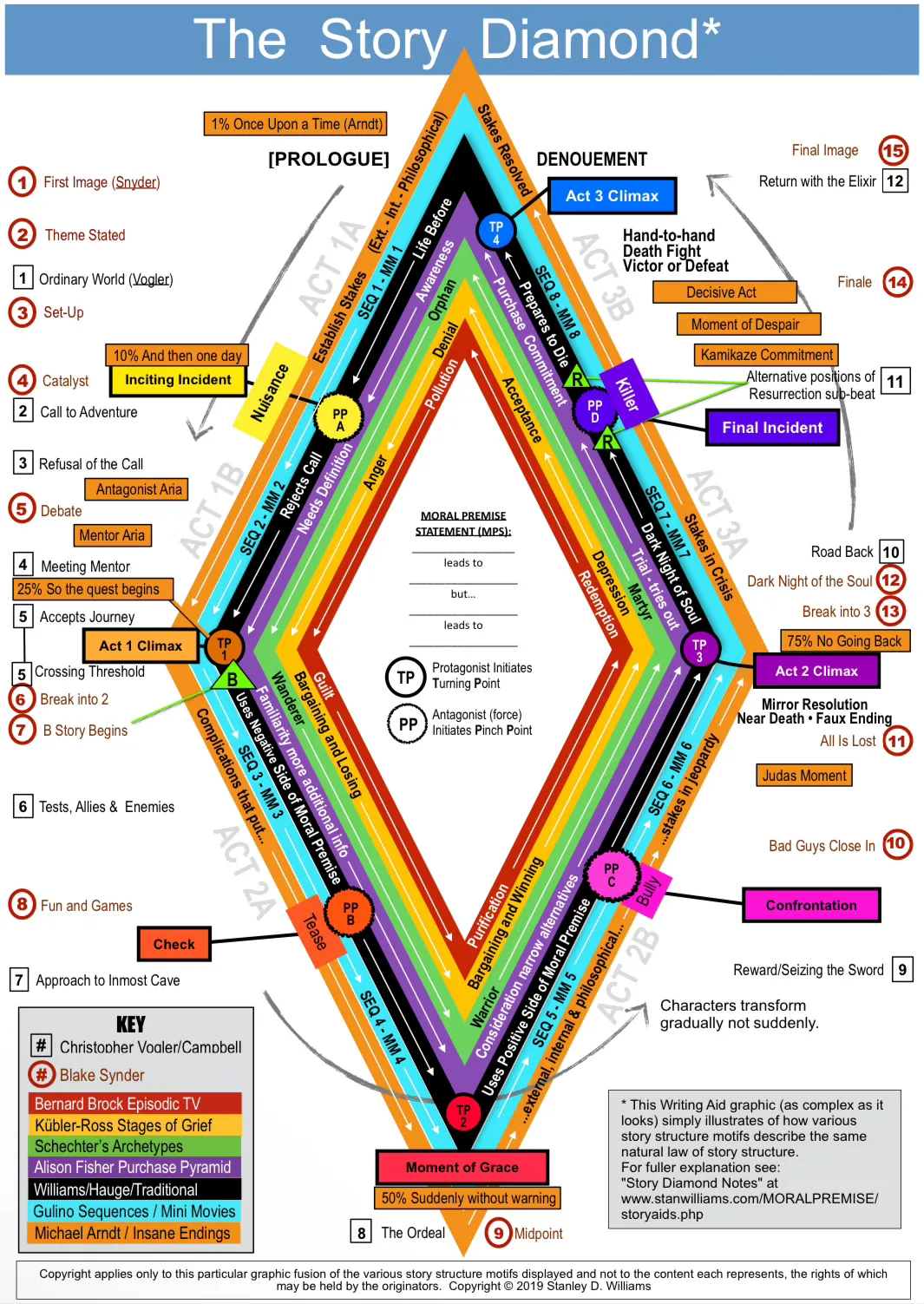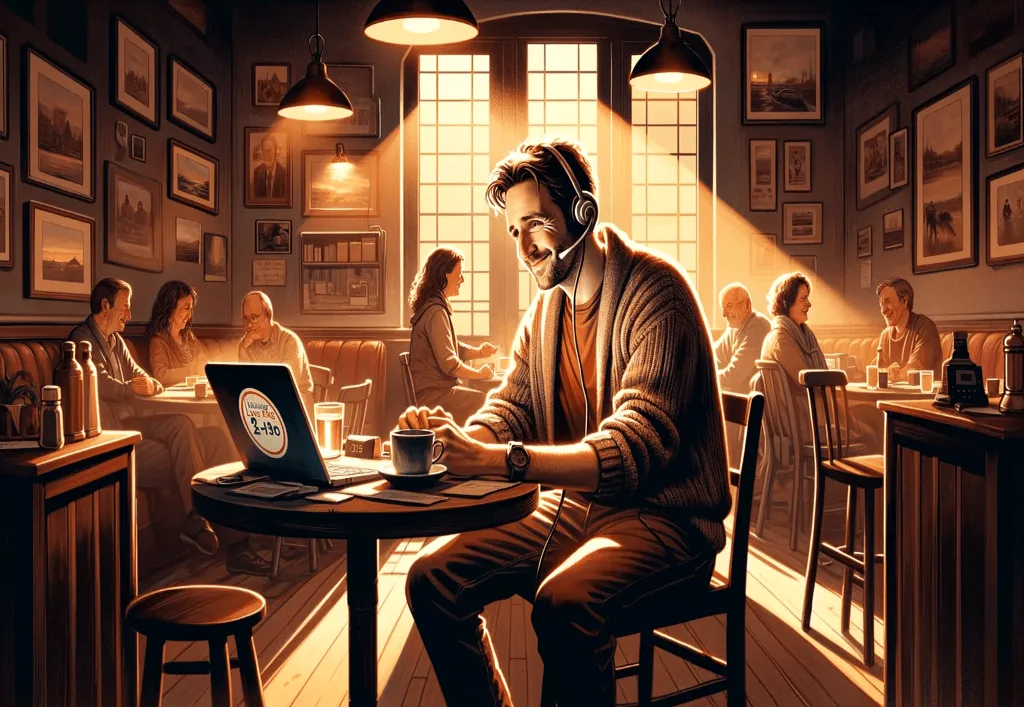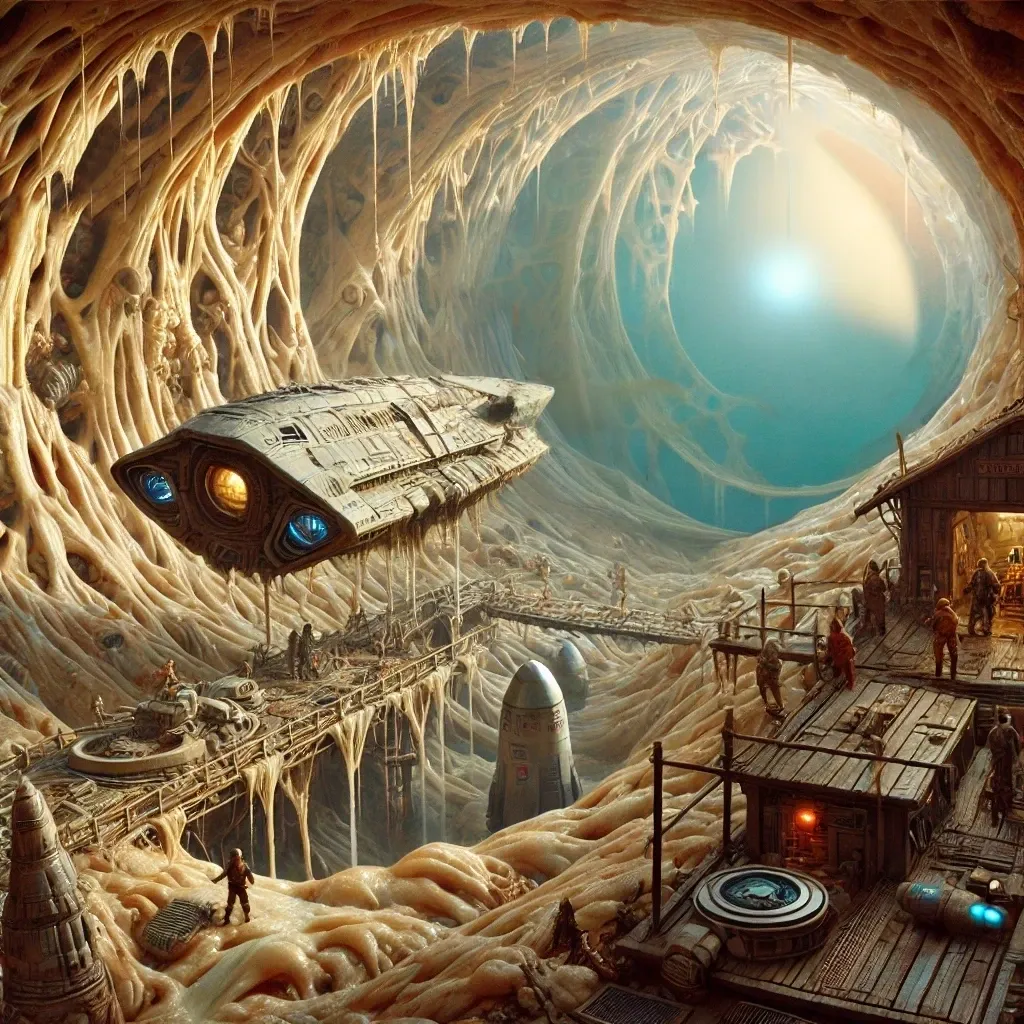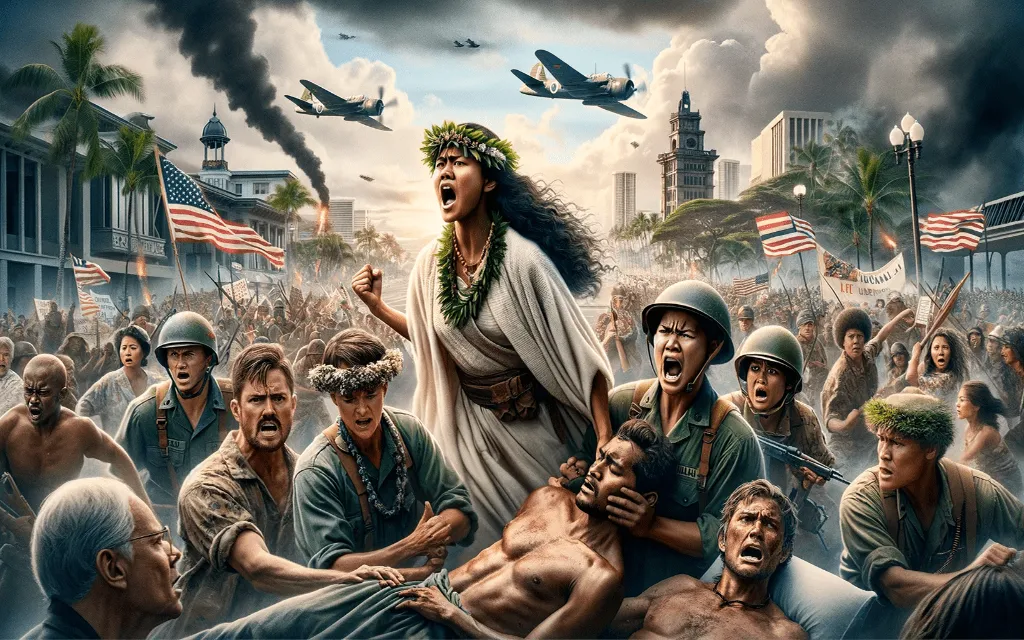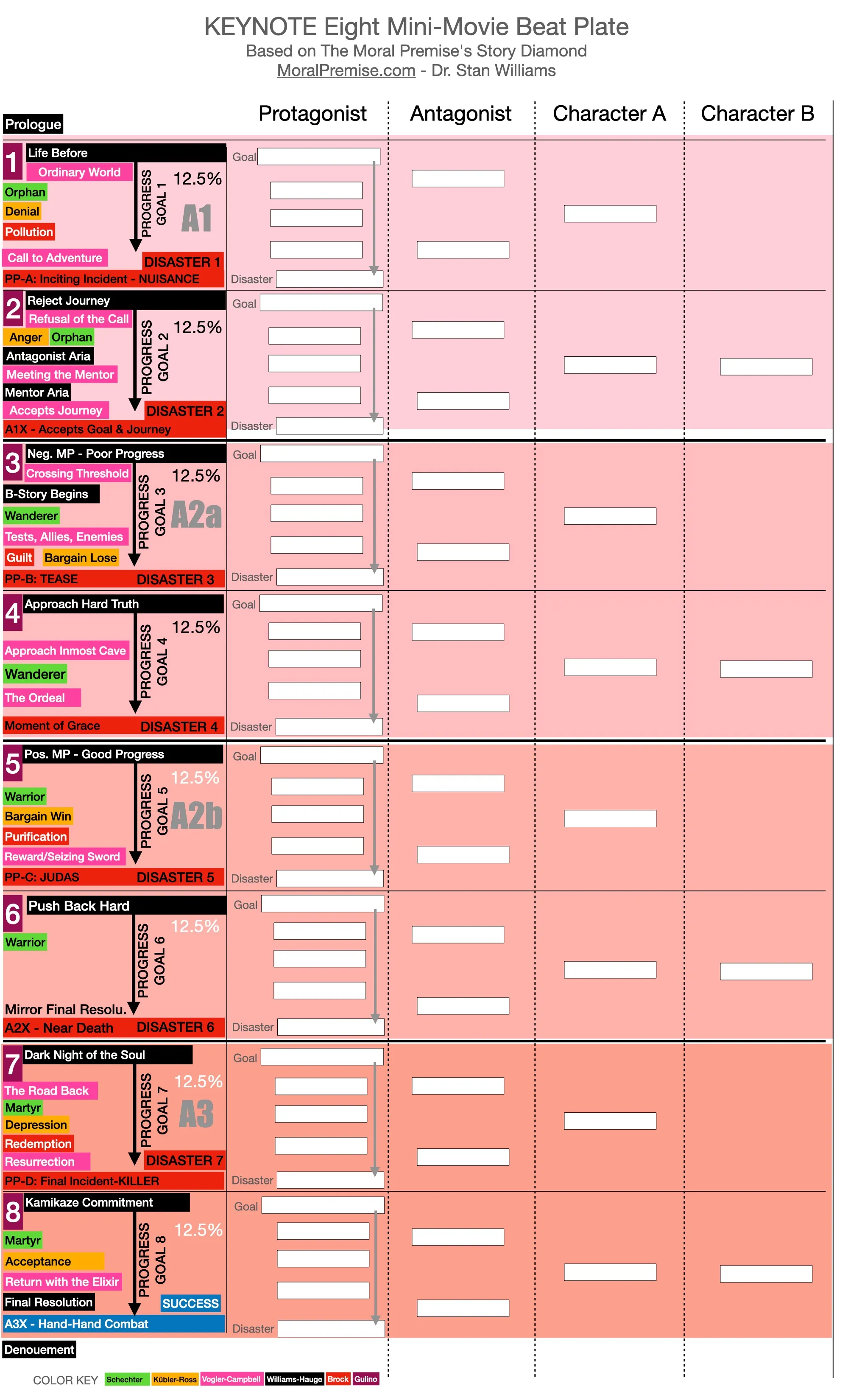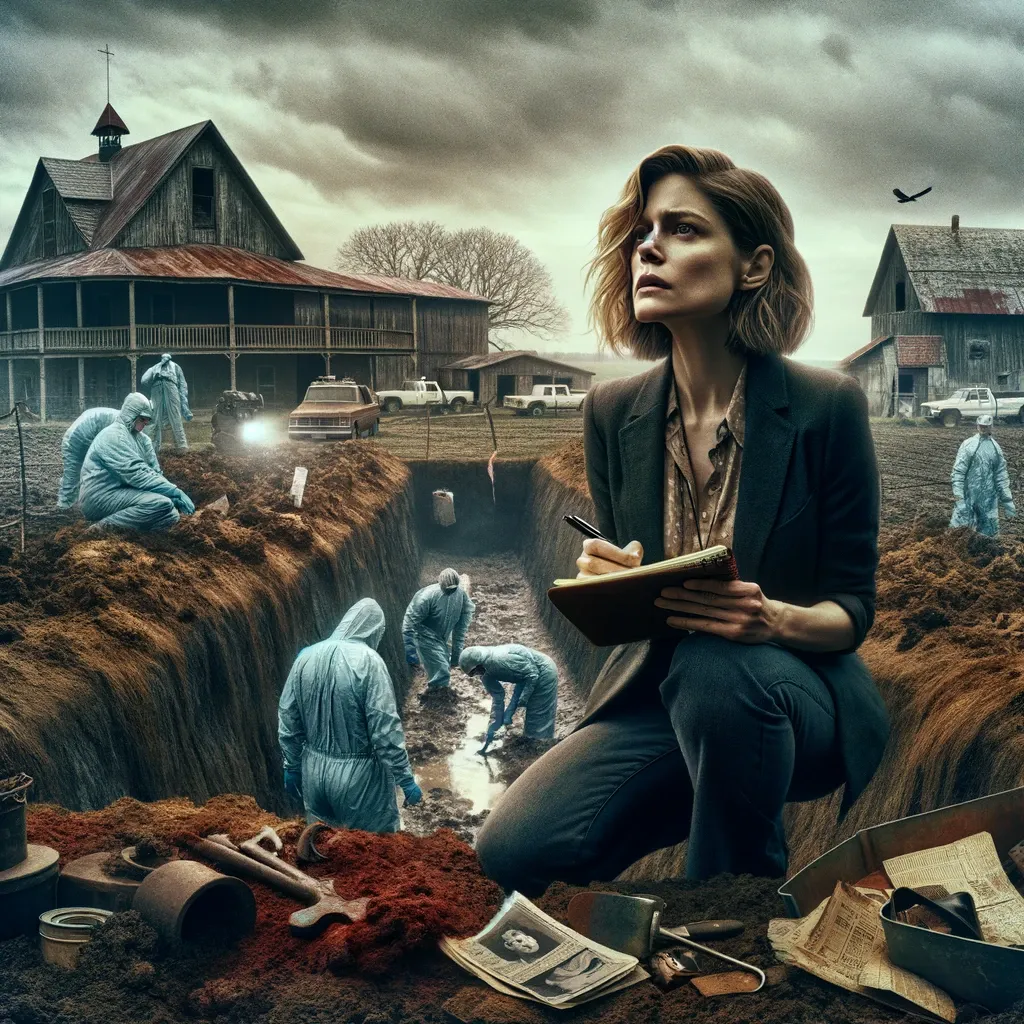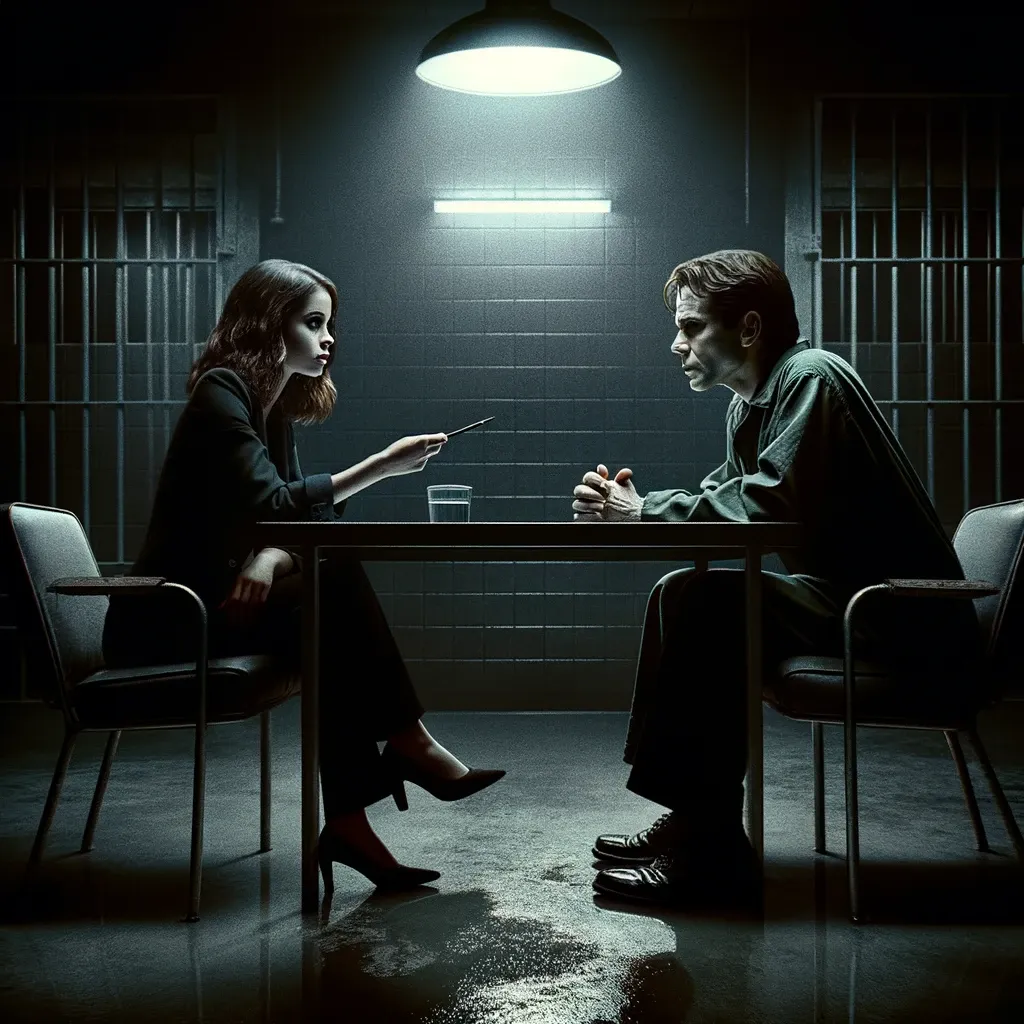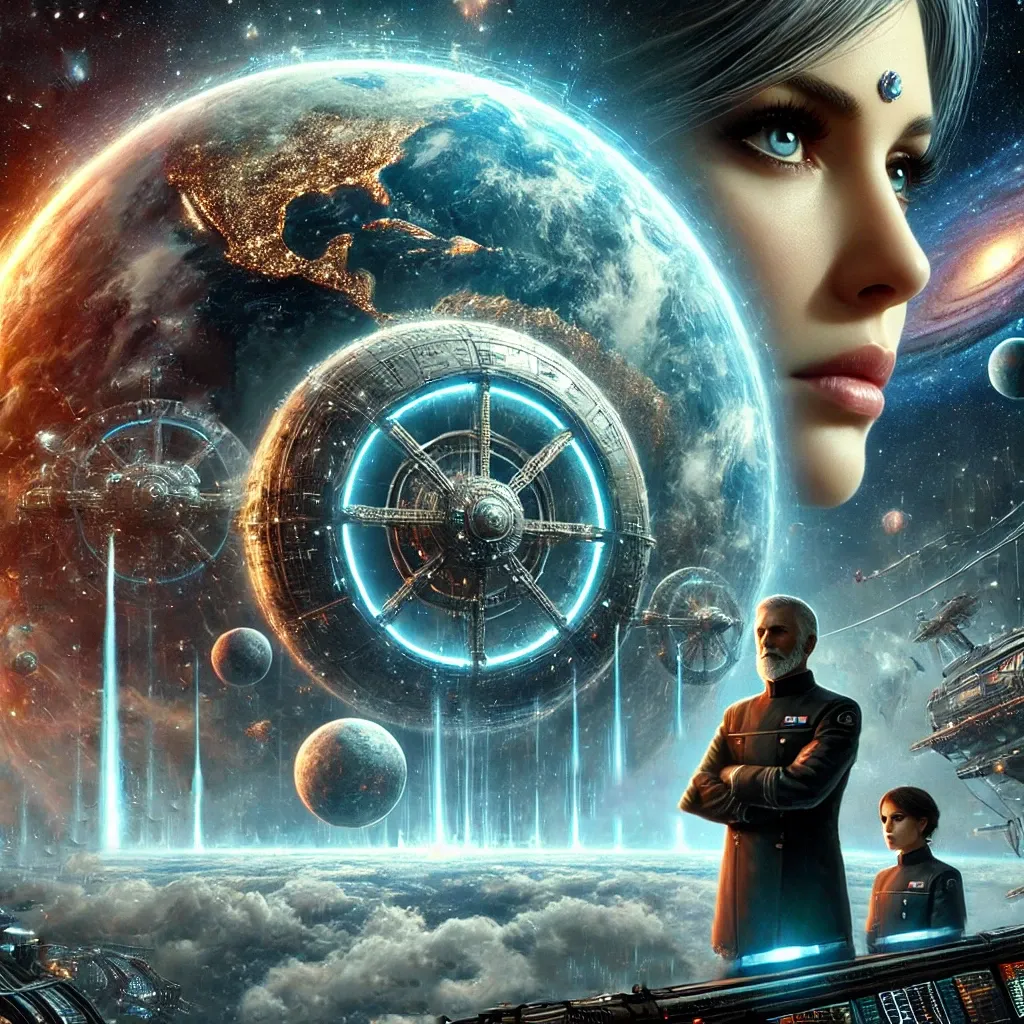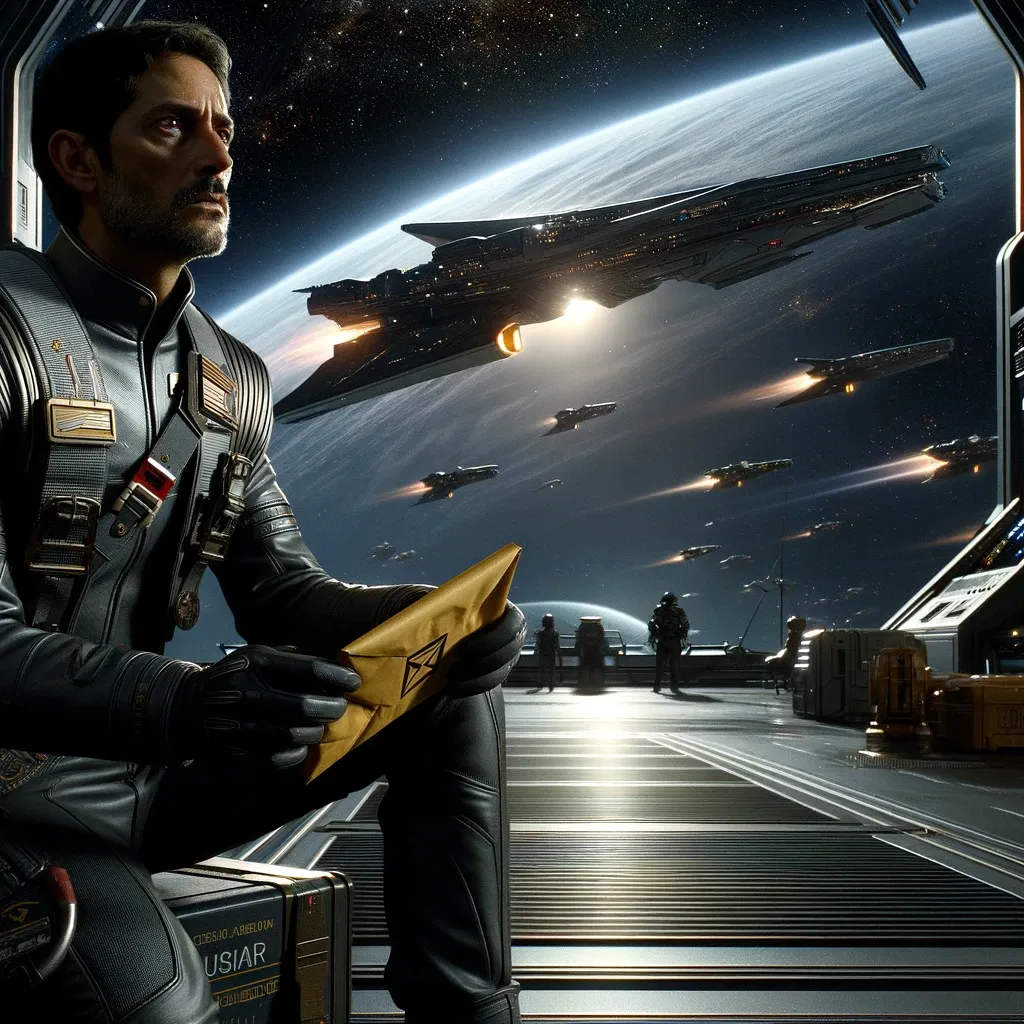Recent Posts
In a world where talents and experiences can be transferred between people through an advanced technology called the E/T Bank, Topher Broderick's life takes a dark turn when he finds his parents murdered and his sisters kidnapped. The kidnapper leaves behind a chilling demand... Topher must acquire specific talents and abilities through the E/T Bank to save his sisters. As he navigates the dangerous underworld of illegal talent transfers and battles against time, Topher discovers a shocking truth about his family that changes everything.
After a twenty-two-day hiatus due to health issues and Thanksgiving that made posting feel overwhelming, I'm finally feeling well enough to get back to writing. Sometimes we need to listen to our bodies and take breaks, but now I'm ready to resume sharing content with you all.
In this sneak peak Gabrie Mortan, a graduate student obsessed with the idea of time travel, uncovers a mysterious online user who accurately predicts future events. His discovery propels him into a dangerous quest to expose her true identity, only to learn she’s a time traveler sent to subtly shape history. As Gabrie pushes to reveal the truth, he faces resistance from powerful forces and warnings about the catastrophic consequences of his actions. The story delves into moral dilemmas, secrecy, and the high stakes of tampering with the fabric of time.
A few cynics or humorists will glance at the many story motifs layered on top of one another, throw up their hands asking, "Why are you making it so complex?" I suppose that's like wanting to build a house, so you go to a lumber yard to buy the wood and they present you with fifty-seven varieties. You don't need but one kind to build the outer structure of your house—perhaps maple. But when you get to the window frames, maybe oak would look better. And perhaps the banisters would be nice in mahogany. The Story Diamond is like a lumber yard. Walk in, take a look around, and pick the motif or wood that works best for your particular story or for a specific beat. The Story Diamond should give you confidence that regardless of which one you pick, and at whatever beat you're at, you're still within the realm of telling a good story, because good stories follow the natural structure that forms the backbone of the Story Diamond.
I've crafted a story exploring the complex relationship between Bodhrán O'Shea, a wealthy helpline volunteer, and "Luisella," a regular caller who becomes special to him over their year of conversations. When they finally meet in person, the revelation of her false identity forces both characters to confront difficult truths about trust, deception, and human connection. Through their struggle to reconcile their bond with this new reality, I examine how relationships formed in vulnerability can survive when masks fall away.
I've crafted a sci-fi survival story about Rheesor and his crew aboard The Hannu, who find themselves trapped inside a massive space worm after being swallowed whole. When they discover a village of multi-generational survivors living inside the creature, tension builds between getting repairs done and convincing the skeptical villagers to escape. Through Rheesor's connection with young villager Asiri, and a race against rising digestive acids, I explore themes of leadership, belief, and adaptation while building toward a dramatic escape attempt.
I've developed a political thriller exploring the consequences of Hawaii's vote for independence from the United States. Through multiple viewpoints - including student activist Makaio Kamalani, doctor Leimomi Hōkūlani, and California Governor Santiago - I examine how Hawaii's secession triggers a cascade of similar movements across America. The story weaves together themes of sovereignty, civil rights, and the potential for peaceful protest to descend into civil war as the federal government responds with military force to maintain control.
I explain how my story template divides narratives into eight mini-movies, each representing 12.5% of the total story. Each mini-movie should start with a clear character goal and end with a disaster that propels the story forward, creating a consistent roller-coaster effect for readers. While the template can accommodate multiple character arcs, it's often more practical to focus on one character's complete journey. This structure helps maintain narrative momentum by ensuring regular dramatic beats and escalating stakes.
I present a five-stage plot structure that traces a story's emotional arc from anticipation through resolution. Beginning with normal life disrupted by tension, the narrative moves through an illusory "dream" phase of early success, hits a crucial "frustration" turning point where true challenges emerge, descends into a transformative "nightmare" period of escalating difficulties, and finally reaches a satisfying resolution. This framework helps writers create engaging emotional journeys while maintaining narrative momentum.
I've crafted the final installment in Klaite's trilogy, where her attempt at recovery leads to a terrifying confrontation with Reynel's vengeful son Jehan. After being violently abducted and held captive for 26 days, Klaite must use her interviewing skills and psychological insights from her time with Reynel to survive his son's torture. Through this ordeal, she comes to terms with how Reynel's influence continues to shape her life, ultimately emerging stronger in her commitment to justice.
I've crafted a sequel that follows Klaite Moran three years after Reynel Joris' execution, as she investigates a mass grave discovered on the Baure family farm. While exploring the connection between Reynel and the Baures' own decades of criminal activity, Klaite grapples with why Reynel kept this secret from her. The story examines her journey toward ethical redemption as she works to expose the truth about over 100 victims, despite threats to her safety. Through this investigation, Klaite finds a way to confront her past choices while pursuing justice through legitimate means.
I've crafted a psychological thriller exploring the complex relationship between ambitious reporter Klaite Moran and death row inmate Reynel Joris, a former political hopeful turned child killer. Through their prison interviews and Klaite's parallel struggles with a dangerous stalker, I examine how moral boundaries blur when confronting violence and justice. The story tracks Klaite's gradual ethical compromise as she recognizes disturbing similarities between herself and Reynel, ultimately leading to her own act of deadly self-defense. This narrative explores themes of ambition, morality, and the psychological impact of confronting human darkness.
I explore how assigning characters new roles and responsibilities can deepen narratives and drive character development. Through eight key approaches - from transforming lone wolves into leaders to creating strategic role reversals - I demonstrate how changing a character's obligations creates opportunities for growth and conflict. I've included specific questions to help writers think through how new roles might affect their characters' motivations, relationships and story arcs, encouraging exploration of unexpected career paths that challenge characters' existing traits and beliefs.
In this daily reflection post, I share both the challenges and bright moments of my day. Despite dealing with chronic pain, late starts, and worried moments, I found joy in unexpected places - like some meaningful progress with my work. I'm learning to acknowledge both the ups and downs, celebrating small victories like posting content even when I don't feel like doing it. This kind of honest daily check-in helps me stay grounded and might become a regular feature of my blog.
I've developed a sci-fi narrative about Earth's transformation into an interstellar vessel under the leadership of Dr. Avigayil Gray and her rival Dr. Vikram Milovanović. Through their conflict over humanity's technological ambitions and subsequent forced collaboration when disaster strikes, I explore themes of scientific hubris versus caution. As Earth faces destruction from its own unstable core, these opposing viewpoints must find balance to ensure humanity's survival among the stars.
I explore the concept of Phlebotinum - those versatile plot devices like nanotechnology or magic crystals that help move stories forward without getting bogged down in hard science explanations. While these elements don't need rigorous scientific justification, I emphasize the importance of establishing consistent rules and limitations within your story world to maintain reader engagement. Whether it's Aetheric Crystals or Green Rocks, these tools can serve as effective plot fuel when used thoughtfully and consistently.
I've crafted a science fiction narrative about Ezwatti Levar, a postal worker whose loyalty to Earth compromises the neutrality of the Interstellar Postal Service during an interstellar war. Through Ezwatti's story, I explore themes of duty versus ethics, examining how one person's choices can have far-reaching consequences. His decision to spy for Earth while maintaining his postal duties raises questions about neutrality in wartime and the true cost of patriotism, ultimately threatening the vital communication network that connects humanity's colonies across the galaxy.
I break down the key differences between illustrative and non-illustrative scenes in writing. Strong scenes actively challenge characters and show them making decisions in varied environments, revealing growth through their changing responses to similar situations. To help writers create more dynamic scenes, I've developed a checklist of essential elements - from setting and timing to emotional arcs and conflict sources. This framework helps identify whether you're truly showing character development or merely telling readers what to think.
I've created a detailed outline for a Western pioneer story following a wagon train's journey from the Northeast to California's gold country. Through 33 beats, I track their progression from initial preparations through disasters, diseases, indigenous encounters, interpersonal conflicts, and eventual settlement. The outline balances external challenges like treacherous river crossings and confrontations with internal struggles like budding romances and betrayals, culminating in the pioneers establishing new lives and passing their legacy to future generations. This template provides a framework for exploring both the physical and emotional journeys of westward expansion.
I examine the trope I call "A Cavalier Risk" - that crucial moment when a character's early success breeds dangerous overconfidence. Just before the story's midpoint, protagonists often feel invincible after initial victories, leading them to take reckless actions that set up their downfall. Using metaphors like "poking the bear" and "messing with the bull," I describe how this plot point reveals characters' true nature while setting them up for the harsh lessons waiting at the midpoint. This dance between pride and consequence is essential for character development.




